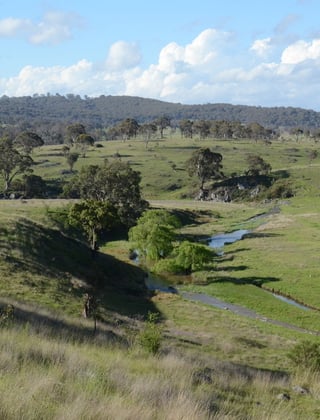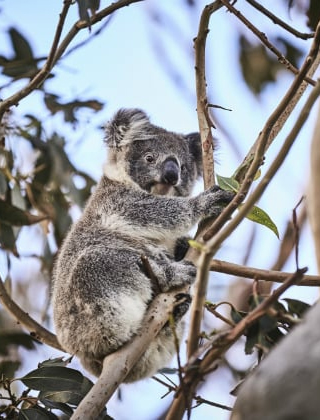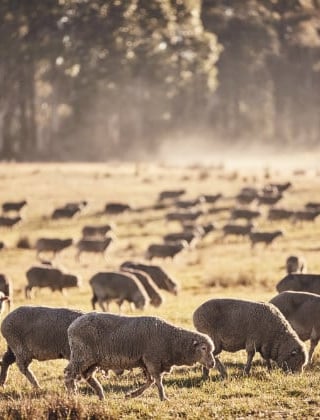Sustainable livestock on the global stage
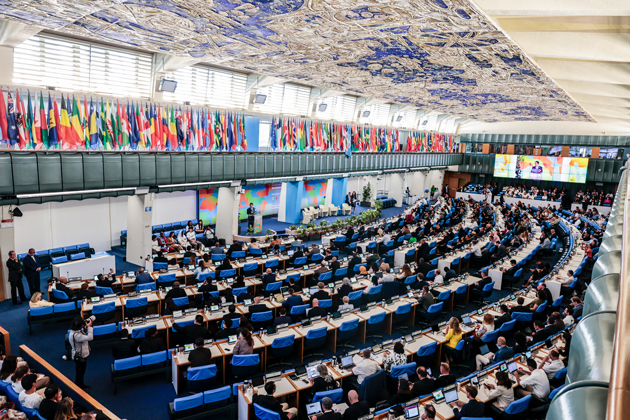
Australia’s sustainability credentials and strong investment in R&D were highlighted at the first-ever Global Conference on Sustainable Livestock Transformation, which was hosted in September by the Food and Agriculture Organization of the United Nations (FAO) at its headquarters in Rome.
The purpose of the important three-day conference was to explore ways to address the global need to produce more livestock-sourced food and fibre with less environmental impact, while at the same time supporting rural livelihoods and providing more economic return.
Innovative projects and advances in knowledge from right across the world – Africa, the Americas, Asia, Europe and Oceania – were showcased at the conference.
Highlighting the many ways that ‘sustainability’ can be interpreted, the conference proceedings were organised and aligned with the ‘Four Betters’ of the FAO Strategic Framework 2022-31:
- Better production: encompassing management and use of feed and animal genetic resources, animal health and welfare, digitalisation and precision livestock farming.
- Better nutrition: presenting the state-of the-art knowledge on the contribution of animal source food to food security and nutrition and healthy diets.
- Better environment: sharing information about good practices and initiatives to make optimal use of natural resources and reduce greenhouse gas emissions.
- Better life: including how to support small-scale livestock producers to improve their livelihoods and income through inclusive services and policies.
It was acknowledged that sustainable livestock systems play important roles in achieving each of these four aspirations.
Strong Australian representation at the conference
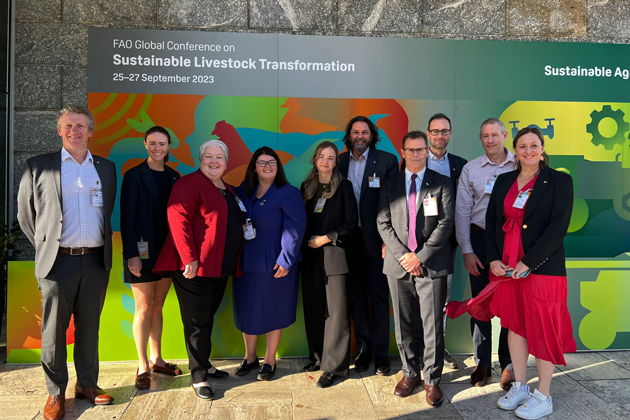
Australian delegates at the Sustainable Livestock Transformation conference.
The interests of Australian livestock producers were strongly represented at the conference, with Acting Deputy Secretary of the Department of Agriculture, Fisheries and Forestry (DAFF), Nicola Hinder PSM, speaking on behalf of the Australian Government at the main plenary sessions and several side-events.
Australian delegates at the conference also included representatives from AWI, Meat & Livestock Australia, CSIRO, the Department of Agriculture and Fisheries (Queensland), and the Australian National University.
During the main plenary sessions, Ms Hinder encouraged conference participants to look to the great work being done in livestock sustainability by the Australian Government, industry and producers.
“We look to adopt land management practices that manage water, soil, nutrients, waste and emissions; we establish grazing systems that incorporate pastures that are resilient to hotter and much drier or more variable climates; and we also drive innovation via genetic improvements,” she said.
“Australia heavily invests in innovation, research and development because we recognise that it is important to improve livestock production, so that we can continue to produce more with less.
“Australia heavily invests in research and development because we know it is a powerful driver of production.”
- Nicola Hinder, Deputy Secretary of DAFF
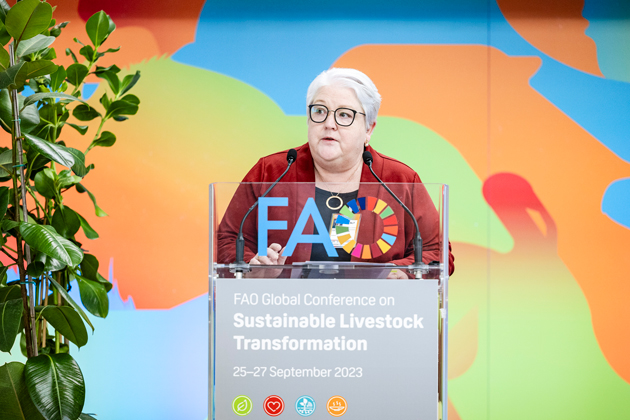
Nicola Hinder. PHOTO: FAO/Giuseppe Carotenuto.
“We are also continuing to focus on making our industries even more sustainable and that’s by ways of investing in low emission feedstock technologies through the Methane Emissions Reduction in Livestock (MERiL) Program, and all of our livestock industries have set targets or have plans in place to further reduce emissions.”
The FAO conference included several side events. Of note was an event at which panellists representing science and industry agencies (including CSIRO and MLA) outlined the challenges and opportunities of emerging technologies for livestock methane mitigation and productivity gains in grazing systems.
There are five projects involving AWI that have received funding under the Australian Government’s MERiL Program. The projects are part of a broad strategy by AWI in collaboration with other industry bodies to accurately identify and assess ways to reduce and offset greenhouse gas emissions from grazing sheep.
Australia’s approach to agricultural sustainability
Throughout the conference, Ms Hinder highlighted Australia’s outcomes-based, commonsense approach to agricultural sustainability that is supportive of environmental, economic and social outcomes and is underpinned by science- and risk-based policies and regulations.
She recognised that all countries have diverse circumstances and that there is ‘no one-size-fits-all’ to agricultural sustainability; and highlighted the role trade plays in delivering sustainable outcomes, particularly focusing on transparent, predictable, open and fair markets.
Ms Hinder said there was a need for governments across the world to reassess the role of subsidies in agriculture.
“We genuinely believe that there is a global need to reconsider approaches and repurpose environmentally harmful supports such as subsidies to greater investment in innovation, research and development,” she said.
“Between 2019 and 2021, support towards the agricultural sector from 54 major economies reached US$817 billion and that figure is steadily increasing. And while the support might be well intended, we do believe it doesn’t deliver the intended results and instead stifles innovation, harms efficient farmers, decreases prices and causes environmental damage including through the overuse of inputs such as herbicides, fertilizers and water.”
More information: View video recordings of proceedings at www.fao.org
New FAO report on potential ways to reduce methane emissions
Nicola Hinder speaking at the launch of the new FAO report on methane emissions. PHOTO: FAO/Giulio Napolitano.
An important and comprehensive FAO report on methane emissions from livestock was launched at a side event during the conference.
The aim of the new report is to help bolster awareness of possible actions that countries and stakeholders can take to reduce methane emissions from livestock as part of national climate actions.
Under the Global Methane Pledge, launched in 2021, 149 countries including Australia are seeking to reduce their methane emissions by more than 30% by 2030, compared to 2020 levels. Importantly, the FAO report acknowledges the short-lived nature of methane in the atmosphere – with a lifespan of roughly a decade. Unlike other greenhouse gases, methane does not need to reach ‘net zero’ to achieve the Paris Agreement targets.
The report focuses on both the sources and sinks of methane gas, outlines how emissions can be measured, describes a broad sampling of mitigation strategies, and evaluates the kind of metrics that can be used to measure both emissions and their mitigation on the climate system.
The report lists 28 strategies, under the following four headings, that have the potential to decrease enteric methane emissions from ruminant production systems: Animal breeding and management; Feed management, diet formulation and precision feeding; Forages; and Rumen manipulation. Some of the strategies have been well researched while others are considered experimental. In all cases, the adoption potential of a given strategy depends on the production system and the regional conditions.
The 316-page report was put together by a multidisciplinary team composed of 54 international scientists and experts of the Livestock Environmental Assessment and Performance (LEAP) Partnership hosted at FAO since 2012.
More information: www.fao.org
AWI’s new Environmental Sustainability program
An important investment focus for AWI’s on-farm research portfolio is in the company’s new Environmental Sustainability program, which commenced at the beginning of this financial year.
Building on previous and on-going research by AWI, this new program will address both the industry’s Wool 2030 plan and the Sheep Sustainability Framework, with a focus on environmental management and climate change adaptation.
“Sustainability on farm is complementary to the business of wool-growing, and addressing environmental sustainability issues such as biodiversity, soil health and pasture management, greenhouse gas emissions and climate change adaptation go together with increased productivity and profitability,” said AWI General Manager, Research, Bridget Peachey.
“Woolgrowers are stewards of their land. Investment in this area is designed to solidify the eco-credentials of wool while maintaining animal productivity and ensuring the long-term profitability and sustainability claims of the wool industry.”
Priority investment areas for this new program of investment will be in assisting woolgrowers to monitor, measure, and improve on-farm natural capital, projects to address increased drought resilience, and supporting woolgrower understanding and access to new income streams such as carbon and biodiversity markets.
The Environmental Sustainability program will link closely with the continued off-farm investment in the company’s Eco-credentials program.
More information: View AWI’s 2023/24 Operating Plan at www.wool.com/consultation
This article appeared in the December 2023 edition of AWI’s Beyond the Bale magazine. Reproduction of the article is encouraged.






